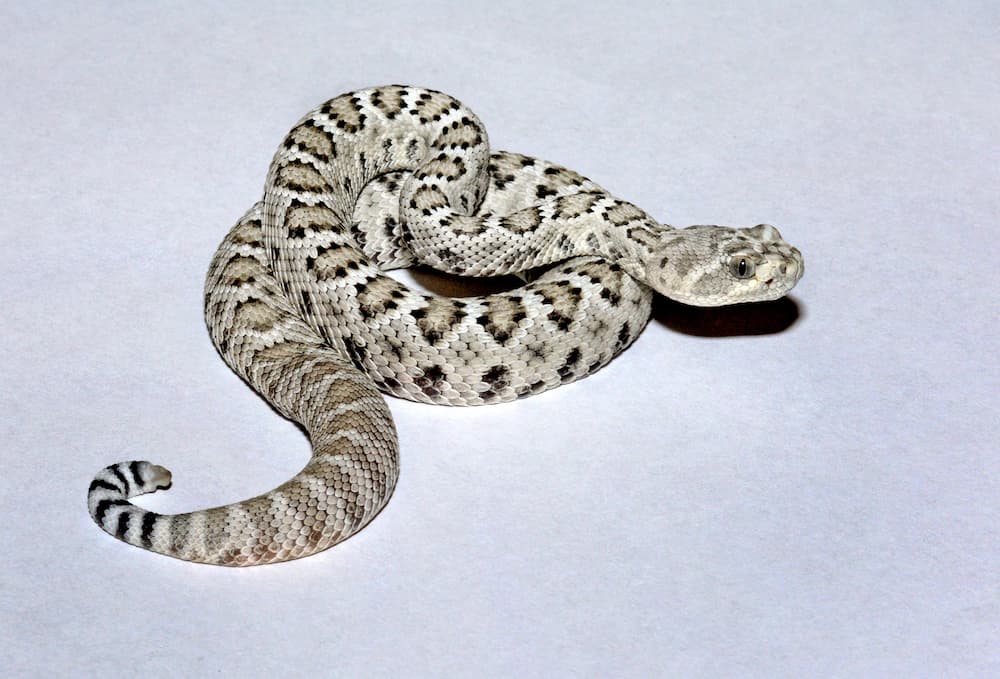Summary of Animal News: Important Santa Catalina Island Rattlesnake Births:
The Los Angeles Zoo has announced the birth of six Santa Catalina Island rattlesnakes, considered a significant moment for the snake’s conservation. The species is critically endangered due to the small size of its native habitat and the introduction of non-native species to the island. The lack of small prey caused by extreme drought conditions has also posed a threat to the snake. These rattlesnakes are unique as they do not have functioning rattles, which is believed to be an adaptation for stealth hunting. Since 2007, the Santa Catalina Island rattlesnake population has grown in zoos, assuring their wild counterparts. The babies will be given individual terrariums as they do not receive significant parental care after birth.
Summary:
– The birth of six Santa Catalina Island rattlesnakes is significant for this critically endangered snake species’ Species Survival Plan (SSP).
– These unique rattlesnakes do not have functioning rattles, which is believed to be an adaptation for stealth hunting on the island.
– The introduction of non-native species and extreme drought conditions have posed threats to the snake’s survival.
– The SSP has helped increase the population of Santa Catalina Island rattlesnakes in zoos, providing an assurance population for their wild counterparts.
– The babies, born viviparous, will receive individual terrarium homes to grow up in.
The birth of six Santa Catalina Island rattlesnakes is an exciting and significant event for this critically endangered snake species’ Species Survival Plan (SSP). These unique rattlesnakes, despite not having functioning rattles, have adapted to their environment on Santa Catalina Island near Baja, Mexico. Let’s dive deeper into the fascinating aspects of these extraordinary creatures and their recent births.
The Santa Catalina Island rattlesnakes are facing critical endangerment due to the small size of their native habitat and the introduction of non-native species. These external factors have significantly increased the threats to the snake’s survival. Additionally, extreme drought conditions have caused a decline in small prey, such as mice and lizards, which form the primary food sources for these snakes.
The Santa Catalina Island rattlesnakes are unique because of their lack of functioning rattles. This adaptation is believed to be linked to their stealth-hunting behavior on the island. Unlike other rattlesnakes that use their rattles as a warning mechanism to scare away predators, the Santa Catalina Island rattlesnakes found little need for such a feature. Before the introduction of feral cats to the island, very few animalsunted had these snakes. Therefore, their stealthy approach to hunting in the island’s brush seemed to serve them well.
The birth of these six rattlesnakes is a remarkable achievement for the SSP. The SSP aims to create an assurance population for endangered species in the event of their extinction in the wild. Since its inception in 2007, spearheaded in part by the L.A. Zoo, the SSP has played a pivotal role in increasing the population of Santa Catalina Island rattlesnakes in zoos. This population serves as a safety net for the wild counterparts, ensuring their genetic diversity and potential reintroduction in the future.
Curator of Reptiles, Amphibians, and Fish at the L.A. Zoo, Ian Recchio, emphasizes the importance of minimal distractions during the birthing process for venomous mothers. Hence, the birth of these babies was witnessed by only a few individuals. However, Recchio captured captivating photos of the newborns, affectionately referring to them as “the danger noodles.”
It’s essential to note that Santa Catalina Island rattlesnakes are viviparous, meaning that the babies are delivered live rather than hatched from eggs. In an awe-inspiring photo shared by Recchio, we can see the umbilicus, ova, sack membrane, afterbirth material, and, of course, the live babies. This viviparous reproductive strategy is yet another unique aspect of these remarkable snakes.
While these newborns mark a significant milestone for the SSP, ensuring their growth and development in a controlled environment is imessentialThe Santa Catalina Island rattlesnakes do not receive significant parental care, so each baby will receive its own terrarium home to provide the best conditions for their growth. These individual terrariums will enable the snakes to thrive and prepare for future challenges.
The birth of the six Santa Catalina Island rattlesnakes is a testament to the efforts made by the zoological community to protect and preserve endangered species. Through initiatives like the SSP, the population of this unique rattlesnake species has flourished in zoos, creating a safety net for the snakes’ future. The birth of these babies gives hope for the conservation of Santa Catalina Island rattlesnakes and emphasizes the urgent need to protect their fragile natural habitat.
As we celebrate this momentous occasion, let us appreciate the interconnectedness of all living creatures and recognize the importance of biodiversity in our world. Every birth, big or small, contributes to the intricate web of life, reminding us of the marvels and beauty of nature.
So, the next time you encounter a rattlesnake, remember the fascinating story of the Santa Catalina Island rattlesnakes and their unique adaptations. These remarkable creatures provide us with a glimpse into the wonders of nature and a call to action to protect and preserve the biodiversity that surrounds us. Let us cherish and safeguard all species, big and small, for generations to come.


